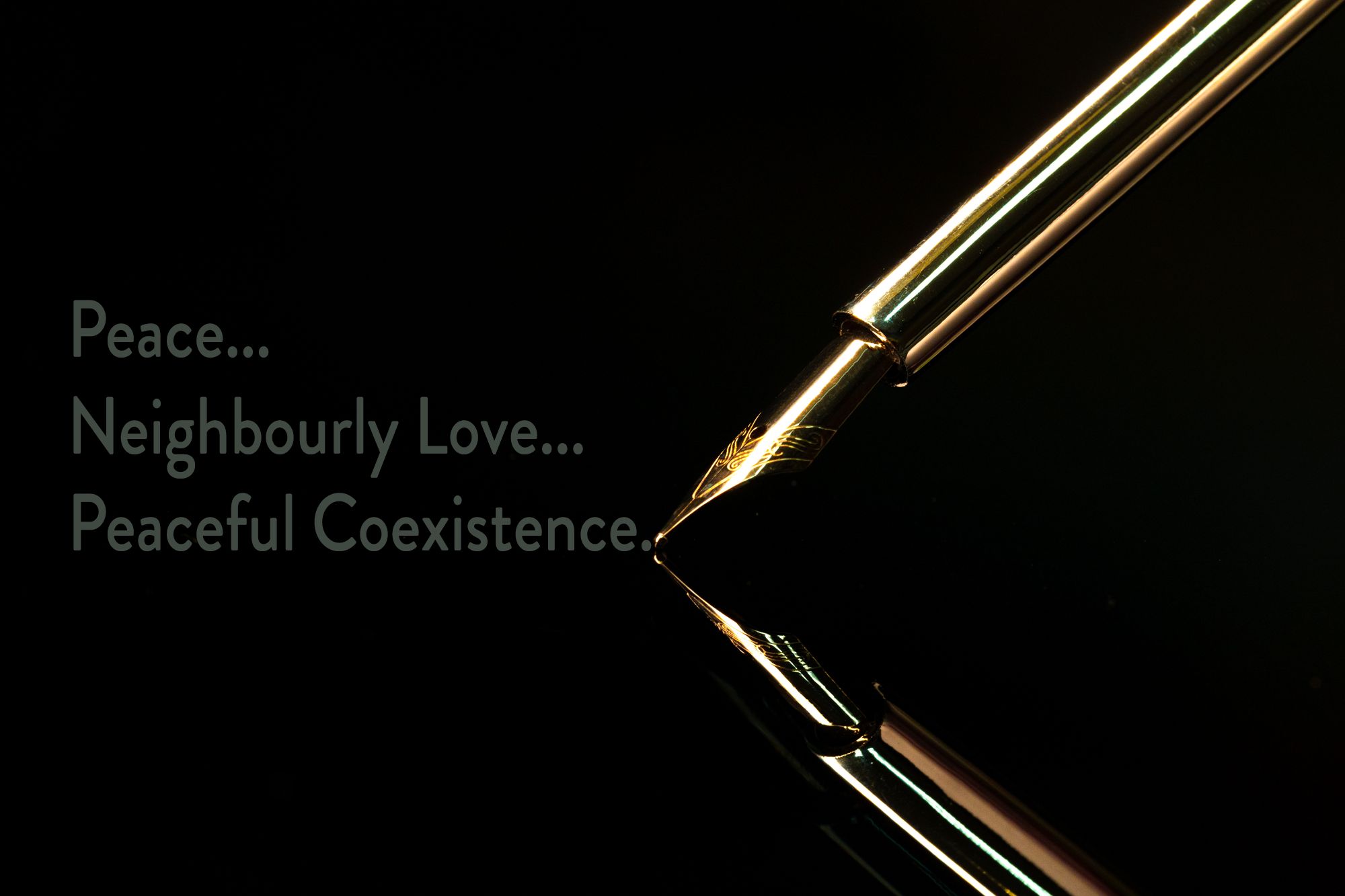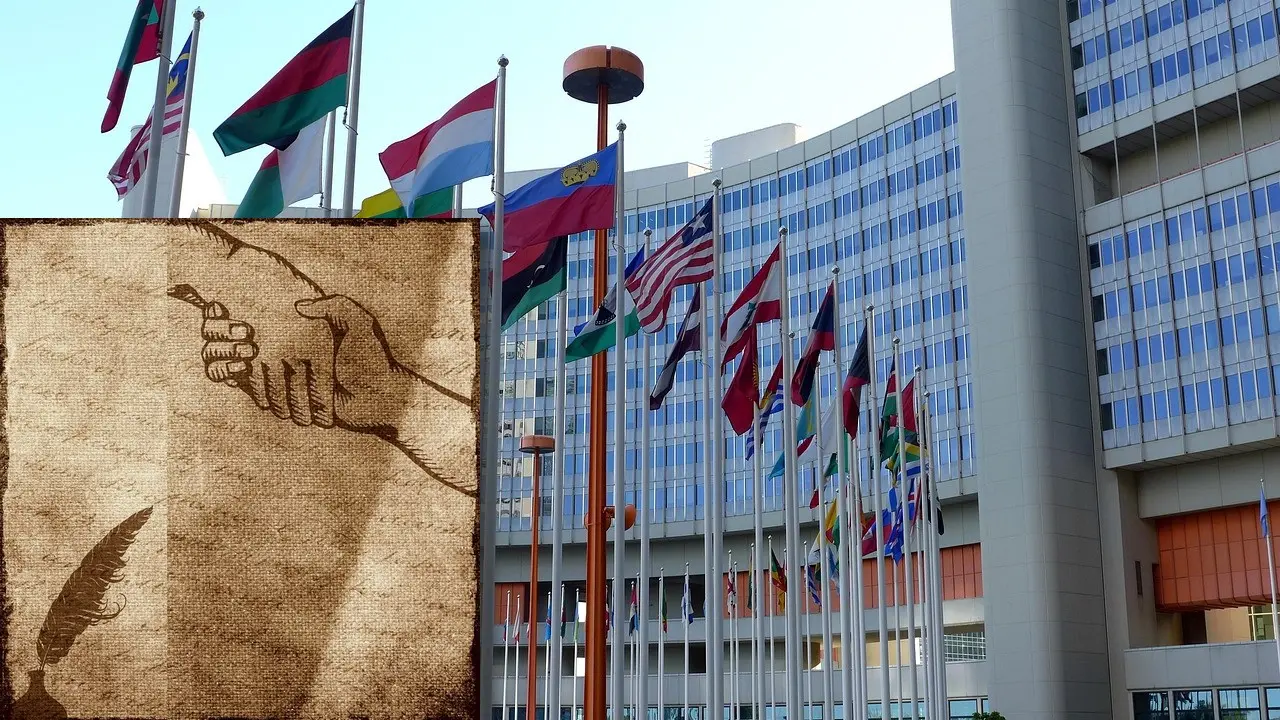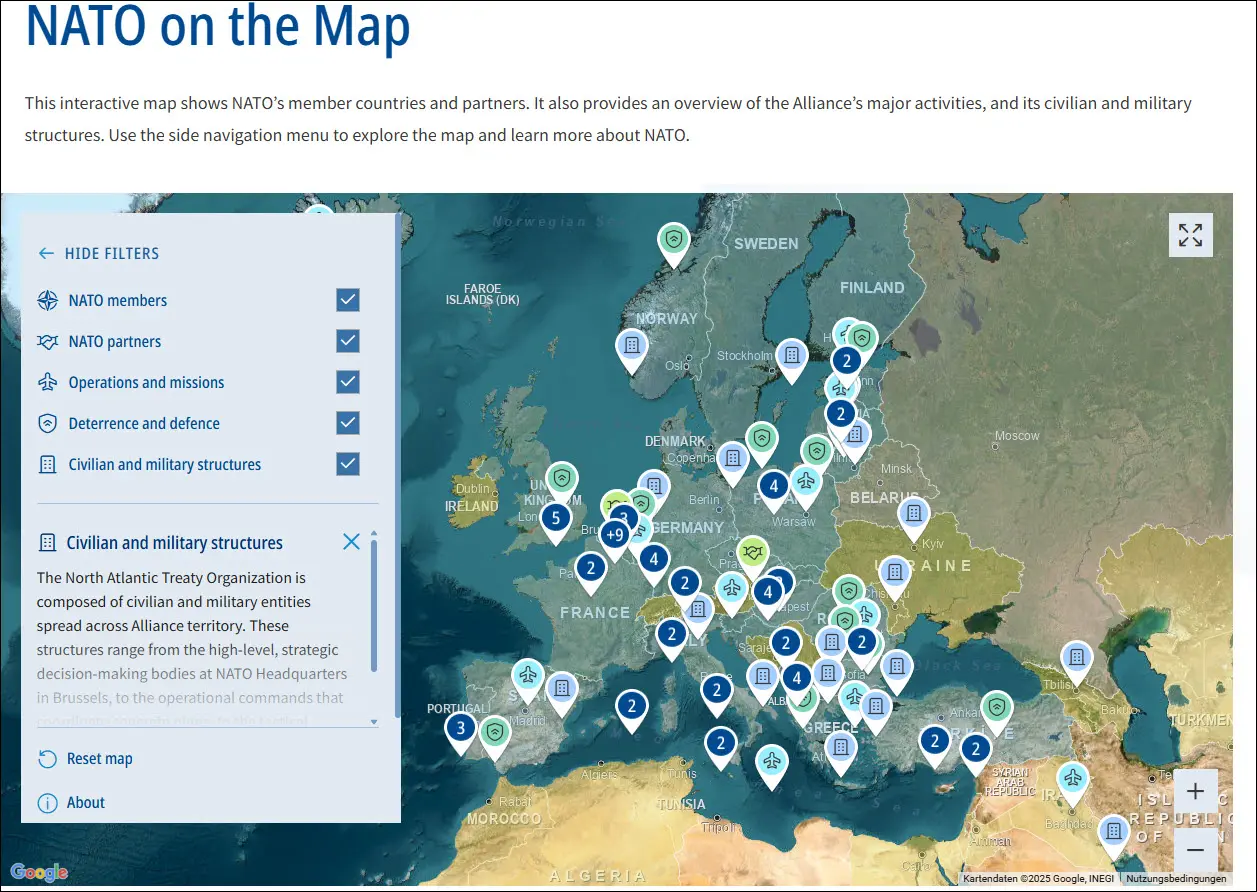
Anyone with the least bit of knowledge of recent history (past couple of decades) and the main characters involved knows: It’s not about anything but oil. And that sad excuse for a man being US-president who is not only fighting for his ‘job’, but also probably has to fulfill more or less secret promises to industry leaders. Rather less secret, I should think…
When we look into history these things can become clearer, since patterns emerge. It’s not about conspiracy theories but facts.
Facts are, and have been as long as the industrial revolution and cars as well as factories clamored for ever more oil and gasoline and petrol and… you name it – especially in the US – that this dire need of fuels triggered all kinds of wars and pushy international behaviour.
Fuels made from fossils, in short.
It’s shameful to watch how the second time in office makes this person even more ruthless, reckless and actually disgusting.
I know a lot about Iran, I love that old, wonderful culture and language. I know how much the people there suffer from the internal affairs a regime of apparently religiously motivated clerical leadership creates for them in severe restraints to personal freedom and denial of the basic human rights.
Yet, there are signs that since threats don’t work with Iran’s regime and international support is strong, triggering uprisings is the next step a country like the US famous for its ruthless interventions and conquering when to their advantage, ‘protecting their interests’ (‘dohhh’…in foreign countries??) – will stoop to.
Let’s be very aware: Even with more enlightened and very capable leaders at the top the US usually looked out for their own monetary and resources’ needs – not those of others. Look at confirmed chronicles and stories, Vietnam, Korea, Afghanistan, South-America (Chile, Columbia, Nicaragua/Iran…you name any, literally any of them, they consider South America to be their ‘backyard’), Irak, now Venezuela; it’s criminal. Period.
The first to condemn when also to their advantage the last to pull back; almost all the time, with a few fine leaders as exceptions.
The CIA as well as other secret services are part of the system: They determine the knowledge that will be handed down to any new president as soon as he’s inaugurated. (I feel for them sometimes: They all turn grey on top inside of days, after that…)
Iran now: It’s ‘bang full’ of oil and other natural resources. So, after cancelling the contracts for control of uranium enrichment without cause and then bullying and threatening for a couple of years and then realizing that there’s EU, UNO and even some NATO members to be reckoned with – they now try again differently?
The CIA was involved when the last Shah was ‘sent packing’: He had become unable to control the starving masses who saw him and his entourage live in luxury while they weren’t even able to read. The so-called White Revolution was ‘too little too late’. The Islamic Revolution for the past four decades removed Iran’s oil for discount prices from their reach.
The US’s own oil deposits are not nearly enough to feed that greed. That dire need: Keep ‘promises’ and keep US population on the road, because the car is their (second) best-loved device, right after weapons, so it seems.
I beg the pardon of the good ones; but the smart ones over there know what I mean.
Again, be very wary of a country like the US who literally use any means – especially with this ‘leader’ – to reach their self-centered goals.
Author’s Note: The idea of people feeling threatened by all kinds of things, making up conspiracy theories to fit their particular view of the world, is wide-spread. Especially these days. Yet:
There are historical facts known at the respective university departments too. Which can be found in books you can find in all major libraries.
I know that too, because I studied the subject. I received my M.A. degree for English, US-American and Persian language, literature and culture almost 20 years ago, from a well-known university in Germany.
I feel dedicated to the concept of being careful about your facts.
I summarize things here that can be found in more detail elsewhere.
But some things that happen at the moment have reasons that can only be guessed at, this very moment.
The intelligent guesses we can make stem from all those historical facts and the patterns that emerge over time, because it’s the same thing over and over again.
Bluntly put: It’s just too obvious but partners of NATO are not free to say so in front of cameras. The contracts we are bound to as members of NATO and other alliances compel people to keep quiet in public.
That’s why historical documents are so important for a deeper understanding: They show what at the time had been handled behind the scenes as well.








